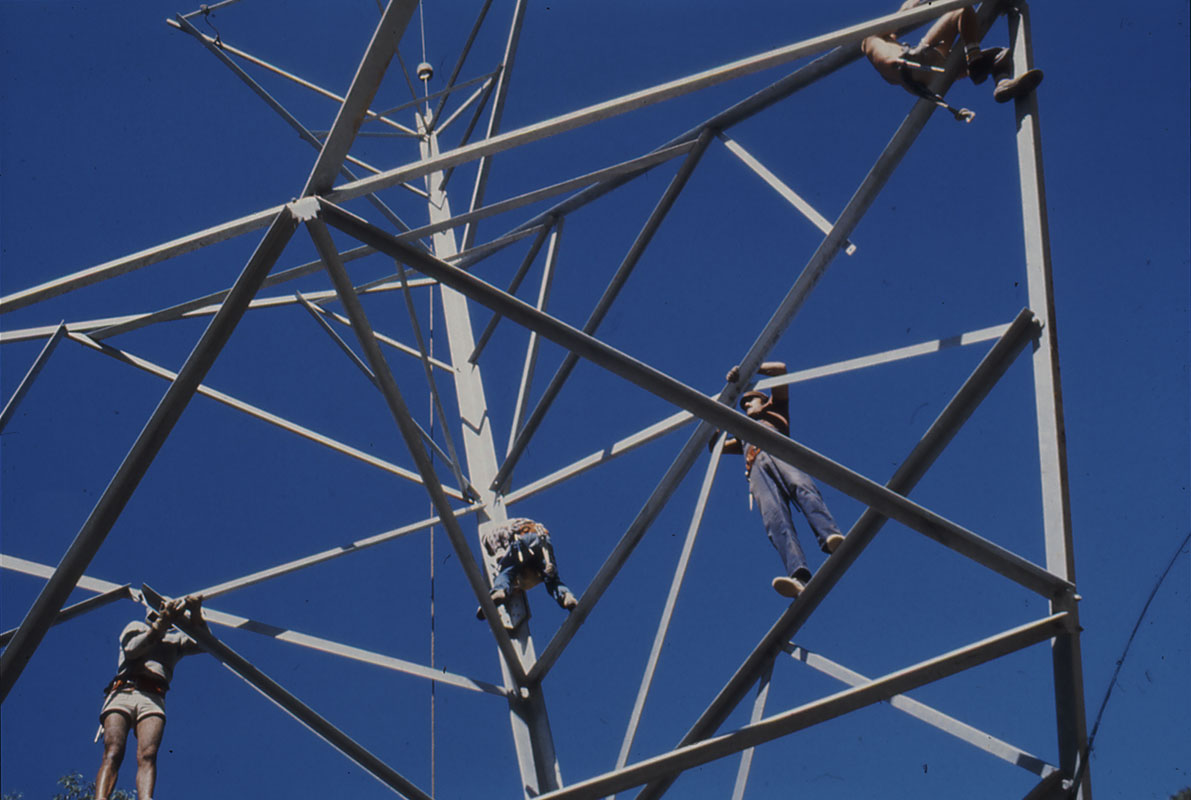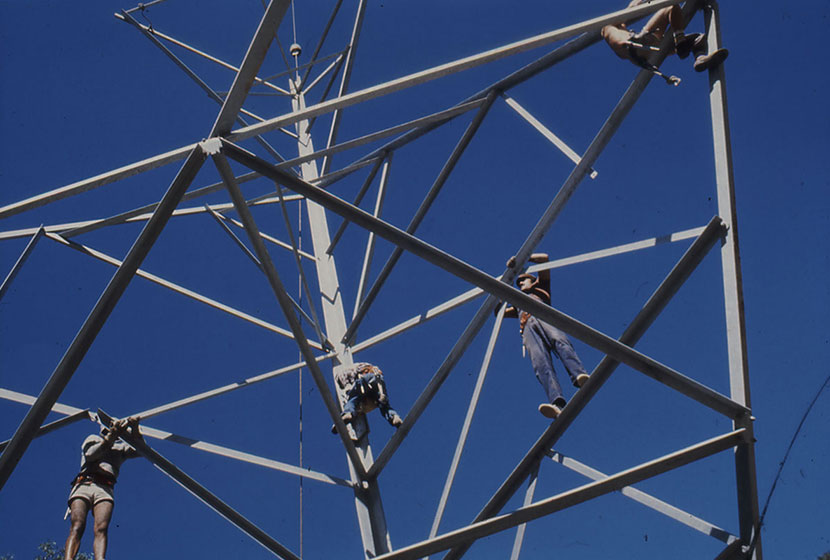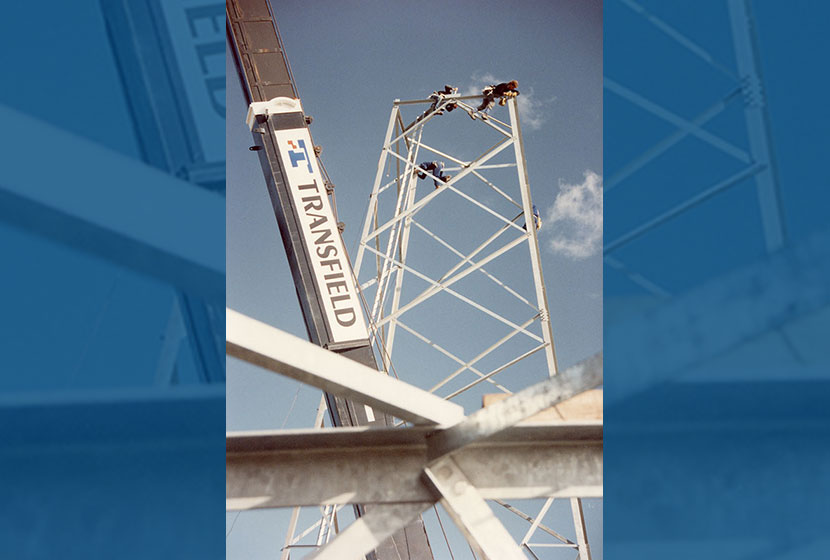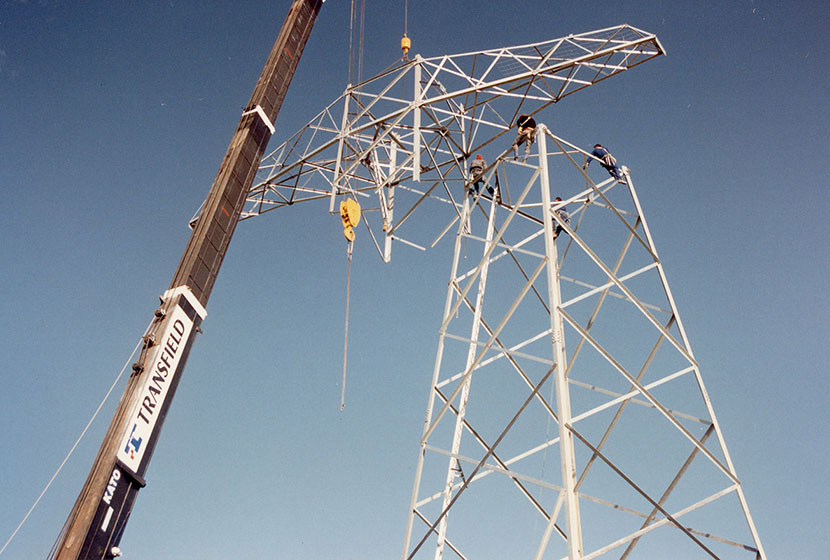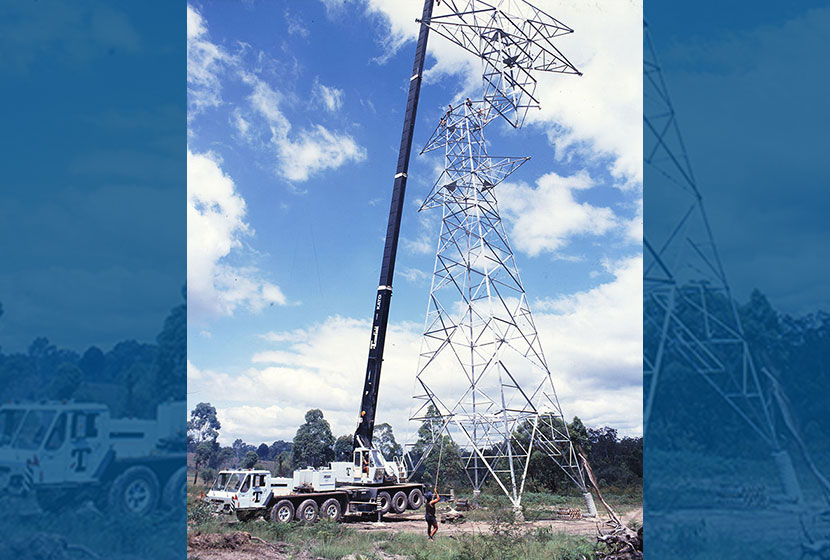Work was dangerous, as it involved climbing steel structures over hundred metres high or perilously dangling, sitting in flimsy chairs, from conductor cables during the tensioning process. At times, union delegates complained "when they saw Transfield men swinging off steel girders like "orang-utangs", but to no avail.
Transfield men did not want to use ladders or wear safety belts. That is how this sort of work was done all over the world, because riggers wanted to have control of a fixed structure. Ladders are always moving. Serventi commented that "you can put 50 ladders up, but the men will climb the tower on the other side like monkeys, using hands".
As a Transfield rigger put it, "the first rule for a rigger is to stay alive. He always thinks in terms of safety first. He analyses every problem according to how he can maximise two factors, safety and speed. I must admit that in the beginning with Transfield, we took risks by doing a lot of work that ought to have been done by cranes. We didn't have the cranes".
Page Media:

